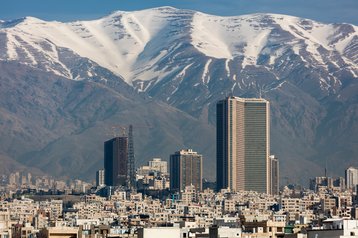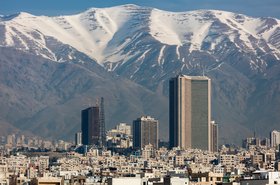The Iranian government has enforced Internet shutdowns across the country as citizens protest rising bread prices and other spiraling costs.
The disconnection appears to be tiered - while individuals are brought offline, businesses, banks, and government offices remain connected.
The shutdown last week targeted the province of Khuzestan and its cities of Ahvaz, Abadan, Hamidehey, Sosanger, and Izeh. But this week, as protests grew, the government expanded the Internet blockade to cover the whole nation.
Cloudflare traffic data shows that from 5:30PM local time, May 9th, show autonomous systems networks including AS39650, AS43343, AS48309, AS51759 go dark.
Iranian president Ebrahim Raisi this month announced plans to cut back on bread subsidies that help feed many of the nation's poor. He said that in two months citizens will be given digital coupons that will give access to a small number of subsidized bread purchases, while the rest will be available only at market rates.
This is then planned to be expanded to cover other foods.
Iran heavily subsidizes many of the products its citizens consume, and has struggled to cut back without sparking protests. When it increased petrol prices three years ago, hundreds were killed in mass demonstrations.
Around 15 million tons of wheat are imported annually - roughly 30 percent of which came from Russia and Ukraine. With the war, that supply has been disrupted, sending global wheat prices soaring.
A rise in global oil prices and China's purchase of Iranian crude oil have proved crucial to maintaining the economy, but ongoing sanctions, 39.2 percent inflation, and a weakening currency have further squeezed Iranians.
Many of Iran's poor - as well as millions of Afghan refugees - can no longer afford meat or other foods, turning to subsidized bread to feed themselves and their families.
Efforts to lift US sanctions have stalled, after talks in Vienna stopped in mid-March.


